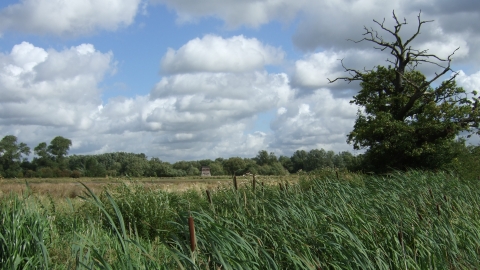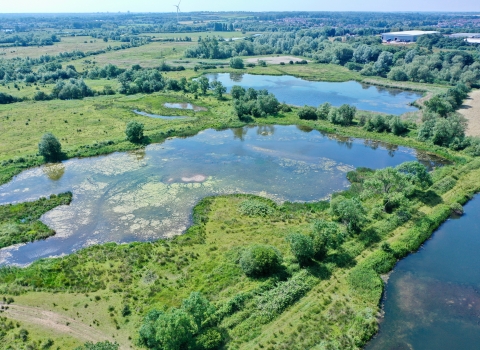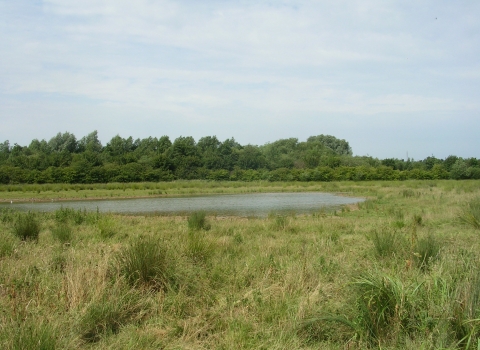Location
Know before you go
Dogs
When to visit
Opening times
Always openBest time to visit
WinterAbout the reserve
Wanlip meadows is part of the floodplain for the River Soar, adjacent to Watermead Country Park. Just a few miles from the city centre, this is a wild haven teeming with birdlife, as well as reptiles, amphibians and invertebrates. In the winter months, pop on a warm jacket, fill up a flask of something hot, wrap up warm and admire big flocks of wildfowl, including the tiny teal and gaggles of geese. Large flocks of lapwing are present in the winter, too, along with snipe. These species are making the most of the floodwaters that flow from the Soar, which recedes in the spring.
If a winter wander isn’t your thing, July and August are excellent for passage waders, like green sandpiper and redshank, which are migrating at this time. Some will stay throughout the winter, whilst some of our rarer visitors, like Temminck’s stint and wood sandpiper, will turn up (hopefully!) at the end of the summer. Grey herons stalk the edges of the reserve all year round, and in the spring, you can spot reed buntings and reed warblers flitting along the river’s edge. Grass-snakes, toads and frogs have all been seen, along with a growing list of dragonflies and butterflies. Many wetland plants have already colonised the large scrape. Amongst the more notable are grey club-rush, needle spike-rush and blue water-speedwell.



